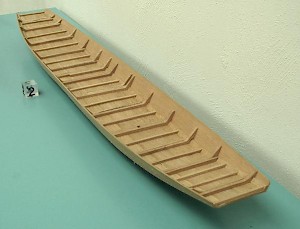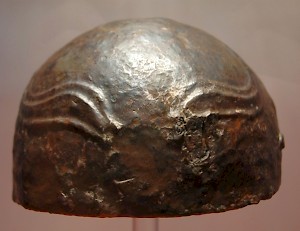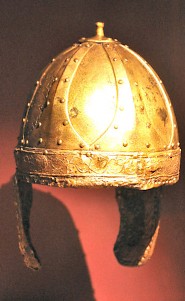Gelduba (Krefeld-Gellep)
Q835315Gelduba: Roman fort, part of the Rhine limes, modern Krefeld-Gellep.

According to Pliny the Elder, a Roman officer who had visited Germania Inferior, Gelduba was situated on the left bank of the Rhine. The fort was built after the Batavian revolt (69-70), but before this event, the site was already occupied and had a name, because it is mentioned before the battle of ca.1 December 69. The skeletons of many horses are a testimony to the fighting.

This earlier site was the beginning of an important trade road, leading to the heart of the Germanic area on the east bank of the Rhine. During the Middle Ages, this route was called the Hellweg , and is more or less identical to the current Bundesstrasse 1 to Duisburg and Magdeburg. Many Roman coins that were discovered along this route prove that it was already in existence in Antiquity.
The wooden fort had at least three occupation phases until it was rebuilt out of stone in the mid-second century. It offered accommodation to a squadron of cavalry (the cohors II Varcinorum equitata), which was still there in the third century.

In 256/257, the Franks destroyed Gelduba. A mass grave has been excavated in an underground temple of Mithras. Immediately, the fort was rebuilt, probably by the first Gallic emperor, Postumus. During his reign, the people revolted against him, but the rebellion was suppressed, and the emperor restored the bathhouse that had been destroyed. The building inscription, in a fine, classical writing, survives.
The new castle continued to be in use until the Franks again destroyed the site in 275. In ca. 295 the site was reoccupied by Roman soldiers, and although there was a crisis in 353-355, the settlement survived more or less intact until the Franks took over the area at the beginning of the fifth century. There's an interesting tomb from the sixth century of a Frankisch warrior named Arpvar.
The civil settlement and river port of Gelduba were still functioning in the second half of the eighth century - there were large cemeteries, which have been excavated. Today, Gelduba/Gellep is a part of modern Krefeld. The excavated Roman cemeteries are among the largest in the world.